Published Sep 4, 2012
Inside Look At TNG 365 With The Authors
Inside Look At TNG 365 With The Authors
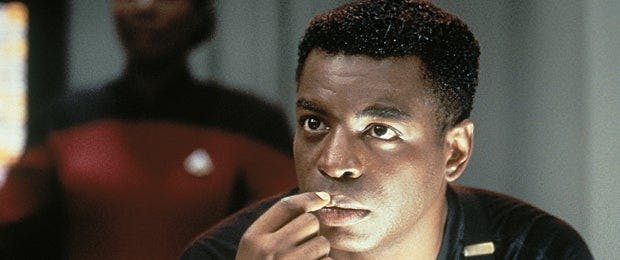
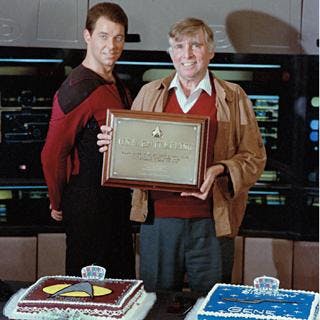
Then ST:TOS 365 reached the reading public, all four-plus pounds of paper pulchritude. To our delight, it racked up some really good reviews. The Los Angeles Times published three separate pieces about the book in their online blogosphere. The prestigious Smithsonian Institution included the book in its 2010 Christmas catalogue. And our publisher, Abrams Books, had to strike up the presses multiple times to print enough copies to meet demand.Which is why, one day, Eric the Editor came knocking at our door. “About that TNG book…”The timing was good. With the 25th anniversary of The Next Generation’s debut coming up, a new coffee table book about the show would make a nice tribute. We were honored by the invitation. But…We were worried. After all, TNG has a hundred more episodes than The Original Series. Given the publisher’s established format of 365 spreads, we’d have very little room to delve into the average episode. For the TOS 365 book, we’d allotted three to four spreads to each one, which still left us room to cover the development of the show and iconic fan moments. But we’d have no such opportunity here. Even allocating just one spread per episode would eat up nearly half of the page count. And obviously many TNG episodes deserved more than one measly spread. We realized we’d have to be… creative. Yes, we’d make sure to give the really popular episodes their moment in the sun with multiple pages. But the others… Well… Perhaps you remember when Kodos the Executioner had to make a decision about which 4,000 colonists would be sacrificed for the benefit of the other 4,000 (in TOS’s “The Conscience of the King”). We wouldn’t be quite as brutal as that, but we must admit, we suddenly had a tad more appreciation for Kodos’s dilemma!
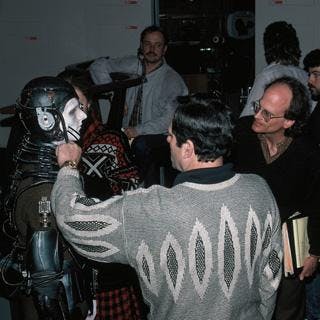
And so on.
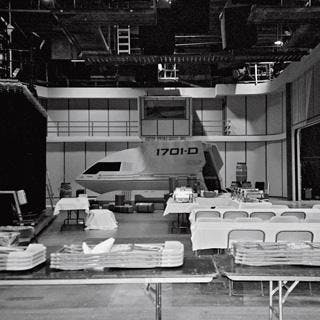
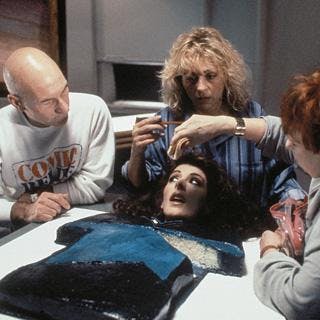

Star Trek: The Next Generation 365 will be availabe on October 1. Click HERE to pre-order from Amazon.
